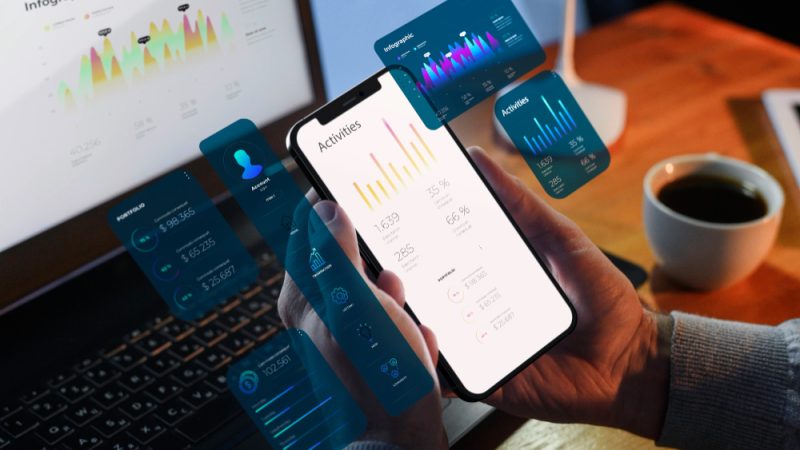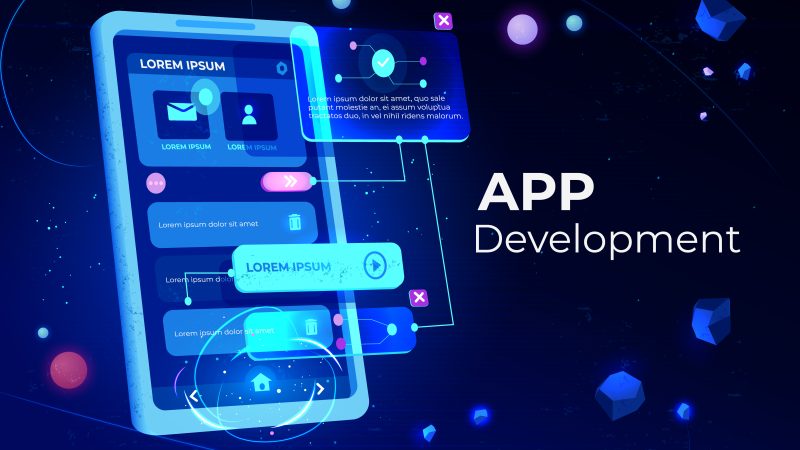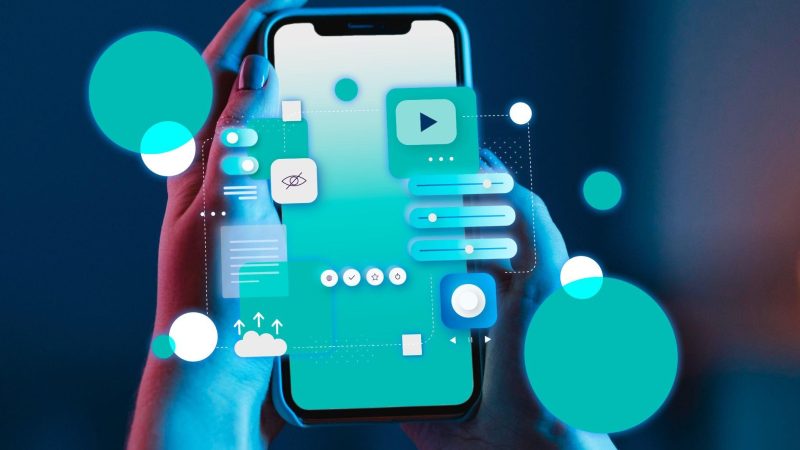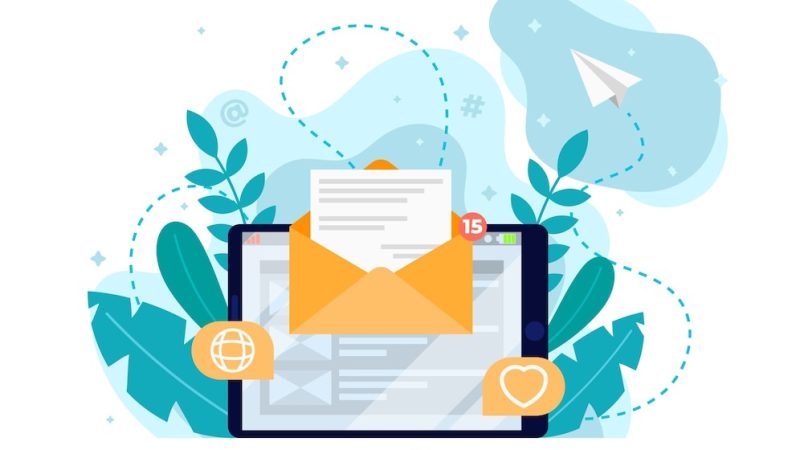Crucial Tips for Developing Custom Shopify Dropshipping App
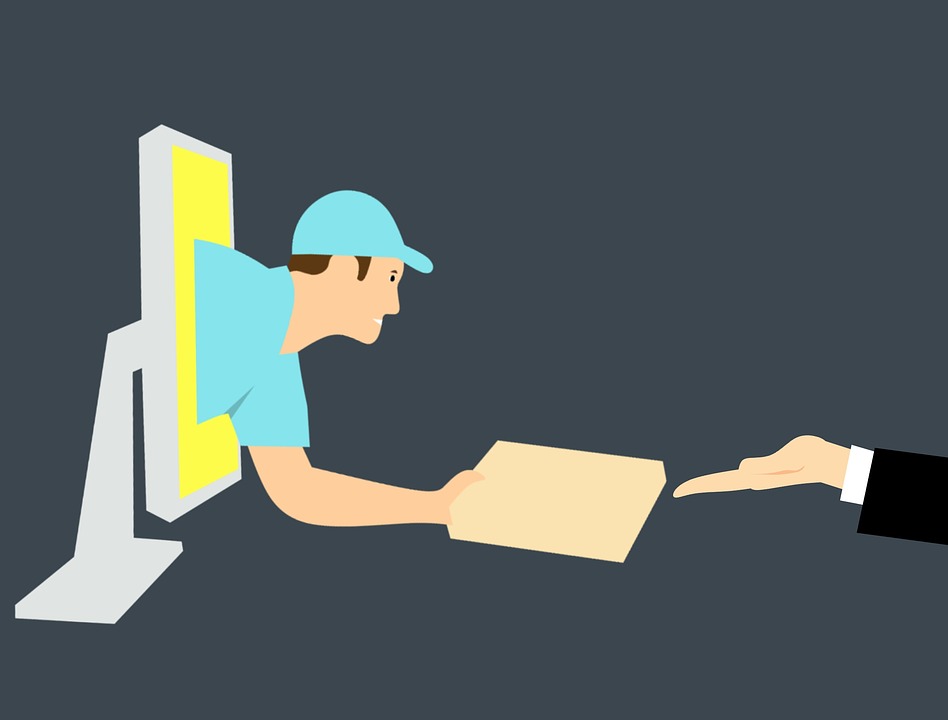
The word dropshipping is quite trending these days for expanding businesses. Why? Is there something buzz in the market that you can reach your customers without owning a physical store? Even more, inventory less store is the new normal. Yes, it is possible. Pretty, unbelievable!. Custom Shopify dropshipping makes it all possible. Find out all the basics of dropshipping and crucial tips for developing your app.
What is Dropshipping?
Dropshipping is a way to fulfill retail orders when an online store doesn’t need to reserve any stock. Customers place orders in the store. Third-party suppliers get automatic messages from the store. They prepare the order and deliver it to the buyer. So, in this process seller doesn’t need to handle the product physically.
So, the most significant advantage of the dropshipping business is store remains free of inventory. Third-party like wholesalers or manufacturers are the ones who keep manufactures and keeps stocks with them. Further, the delivery part is also taken care of by the third party itself.
How does Shopify help dropshipping business?
Shopify is a Point of Sale(POS) where businesses can set their online store and sell their products. Shopify founder started its application named Snowdevil. After that, he got an idea to customize it for everyone, and Shopify was born.
Shopify is one of the leading commerce platforms to cover businesses of all sizes and types. It has a presence in 175 countries, from jewelry shops to musicians selling their tapes. Further, you can find more insights about your business idea or its expansion on Shopify in these areas:
- Physical products: It covers the manufactured products like Toys, kitchen appliances, switches, laptops, etc.
- Digital products: It involves the products in the digital world—for example, ebooks, fashion design, videos, e-courses, and others.
- Learning programs: You have some classes or learning programs for people. You can easily book it through an online store with Shopify.
- Services and consultation solutions: There are many services available for online consultation or book online—for instance, doctors, legal consultants, educational services, and the like.
- Groups and Memberships: If you some group services like physical training, membership program like Rotaract clubs.
- Ticket-based events: You conduct some ticket-based events like workshops, singing concerts, or networking experiences.
- Rental services: Yes, Shopify covers rental services as well. Any physical products in high demand on rent like cultural clothes, props, musical instruments, and all.
You can take references from the above examples. Accordingly, pick up your niche and target market or improvise your existing business with a dropshipping app. You can even contact Shopify experts to develop your app and convert your business into a brand.
What are the Essential Tips for Developing Custom Shopify Dropshipping App?
The most important tips and step by step approaches for developing a custom dropshipping app with Shopify are:
Purpose of different Shopify elements
For truly understanding the individual parts of a Shopify black box, let’s brief out its essential elements:
- Payment transactions: Money collection is no doubt an integral part of any business. You can choose your payment on Shopify. It’s best to choose country-specific preferred modes.
- Suppliers: There is a list available of dropshipping suppliers. You can choose from the list or even add other suppliers on the app. Otherwise, you don’t need to be in direct contact with third-party suppliers outside the app.
- Products: You need not keep any inventory for selling products with Shopify.
We have discussed in detail the Shopify and dropshipping app earlier. These are the components that make the Shopify store complete.
Selecting a proper name for Shopify store
An appropriate name gives recognition to your store and helps in spreading the word about your business. So, the selection is indeed a critical part. Pick the main keyword in your niche and combine it with a unique term. For example, phone stores may keep the brand name as Mobile World, Just Mobiles, Phone era. However, you can use Shopify’s business name generator as well.
Registering on Shopify
Let’s begin with registration. Once you have finalized your name, you can start your business with Shopify’s 14-day free trial.
- Sign up: Enter the email address, generate a secure password, and provide your brand name. Then, Shopify will send you a confirmation link. Make sure to confirm that.
- Settings: Next, you can click on the settings icon and move to the General button. Move on to Standards and formats to put in your basic information on Shopify. Likewise, you can choose your store currency and mode of taxes.
- Add domain name: connect with your audience by mentioning your domain name or purchasing a new domain.
Installing the app
Shopify apps can make a lot of difference in the user interface. Most of the businesses prefer Oberlo. You can choose any form Spreadr, Spocket, Printful, or Dripshipper. Refer to the apps guide to better understand their roles and geographical presence. You can select any app and then click on add app. The last step is to install the app to finish the installation.
Choose the right products for your store.
Picking the right products will let customers know what you want to sell. Choose the best products in the market to enhance your brand value. Further, you can take references from Google for the Mobile world. For example, trending phone brands in the market are iPhone, Vivo, Oppo, Samsung, and many others.
After selecting your products, it’s time to add them. Complete your search from apps like Oberlo or Aliexpress. The vast directory is available to check global pricings rates of your product in the market. You can even solve your other queries like customer reviews and the number of products depending on demand in the market. Further, import them into your store.
Now, modify the product details as per customer requirements. You can select individual products to add more descriptions to them. It helps in pitching your products. Details like quality information, age group, benefits, material enable easy selection and decision-making of your clients.
Customize your store design
User-friendly and appealing website designs always attract clients to your store. Select a theme from the theme library section, modify your store design ad publish it.
There are some pages without which your store will remain incomplete, such as the About us, contact information, FAQs, shipping rules, legal and policy information. Add these page details to your profile.
Now, we’ll deal the most element of user experience, i.e., website navigation. Move on to the navigation column in the settings option. Add button and tabs in the header and footer menu. Generally, the header menu covers the categories, and the footer menu yours about section.
Setting payment modes
Shopify has an ample number of payment modes available for the customers. Moreover, people at different locations prefer different digital payment options. And another important factor is target buyers like B2B and B2C. There are segments in the B2C sections as well. Some people prefer AmazonPay, others Paytm or PayPal. Other crucial things how you will accept your third-party payment.
Check out if everything works fine in a 14-day free trial. If there are some issues like bogus payment, you can report them. Get feedback from customers and team members to redesign your store.
Conclusion
Shopify Dropshipping app is like a fairytale where you can start any business and reach your clients effortlessly. Think about the products, add their details, modify your store design and finally test them for a period. Finally, you can launch your business. So, when are you going to start your dropshipping app?
Author Bio:
 Ravi Sharma, CEO of Webomaze is a highly enthusiastic entrepreneur. He has got a great grip on the idea of effective eCommerce Strategies, SEO processes, and tactics that are vital for virtual exposure. He is a fun-loving person and a keen traveler who always hunts to find adventure in new places.
Ravi Sharma, CEO of Webomaze is a highly enthusiastic entrepreneur. He has got a great grip on the idea of effective eCommerce Strategies, SEO processes, and tactics that are vital for virtual exposure. He is a fun-loving person and a keen traveler who always hunts to find adventure in new places.

